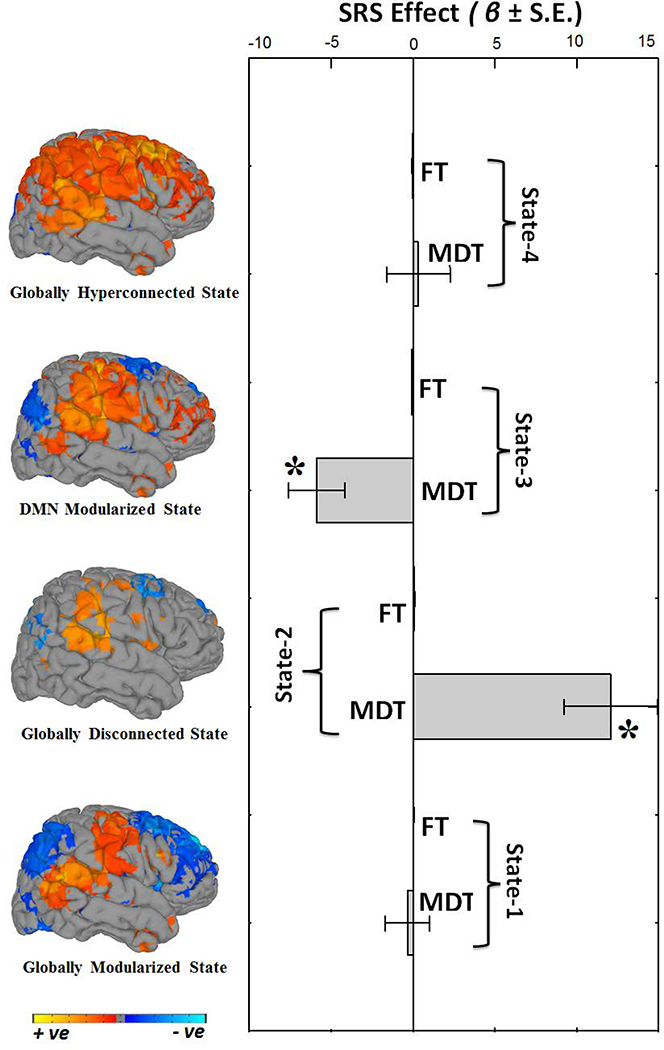Figure 6. Summary metrics and autistic trait effects.

Summary metrics from the four dynamic connectivity states in relation to autistic traits. Mean dwell time (MDT) represents how long an individual spends in a given state on average, and fraction of time (FT) is the summed total time spent in a given state over the course of the measurement period. Positive beta coefficient (β) indicates that higher levels of autistic traits are associated with more time spent in a particular state; whereas negative beta coefficient (β) indicate lower levels of autistic traits are associated with more time spent in a particular state. Bar graphs indicate the unstandardized beta coefficients (β) with standard error (S.E.) from regression models, and Asterisks (*) indicate the results survived the false discovery rate (FDR) multiple comparison correction threshold of pFDR = 0.05. The rendering brain maps are showing modularized positive (red) and negative (blue) connectivity for the corresponding dynamic states.
